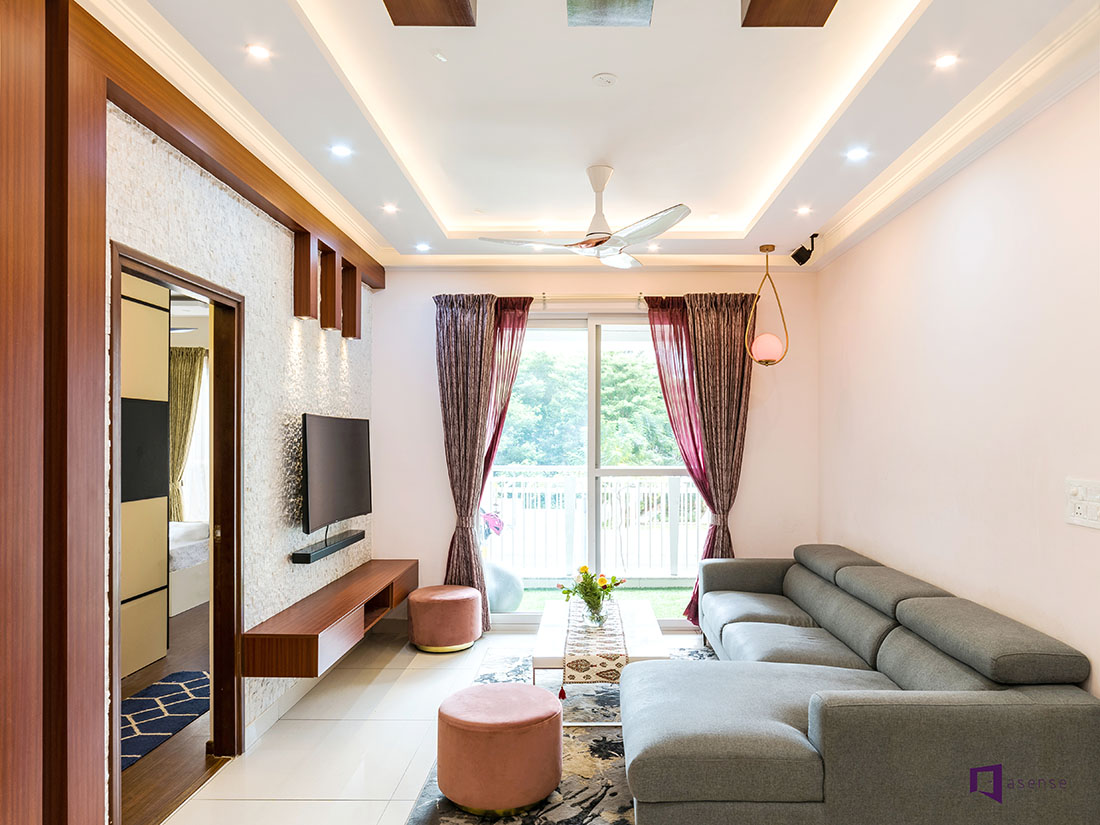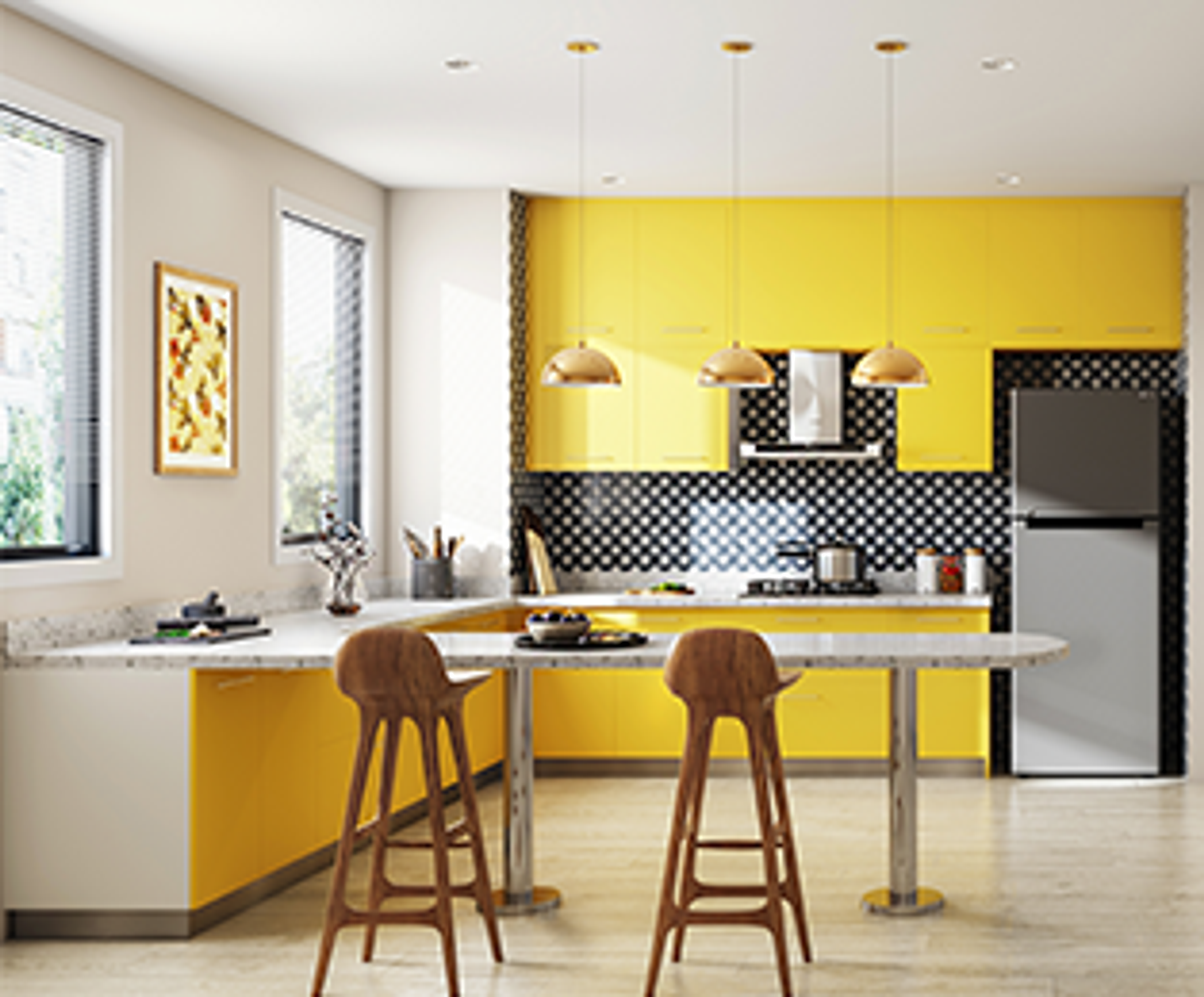Transform Your Home With Vital Concepts of Inside Layout and Visual Appeals
By recognizing the effect of color theory and the relevance of texture and patterns, one can create rooms that are not only aesthetically enticing however also deeply individual. Accomplishing this equilibrium entails even more than mere decor; it includes a tactical setup and a keen understanding of how each component connects within an area.
Recognizing Shade Theory
Recognizing the principles of color concept permits developers to create rooms that reverberate emotionally with passengers while fulfilling practical needs. Each classification plays a crucial role in developing consistency within a space.
The emotional effect of colors is profound; cozy shades such as reds and oranges stimulate energy and heat, while trendy tones like blues and greens advertise calmness and peace. Additionally, making use of complementary shades enhances aesthetic interest, creating striking contrasts that can elevate a space's appeal.
Neutral colors, on the various other hand, serve as a functional backdrop, enabling other layout aspects to beam. It is necessary to consider aspects such as lights and the room's function when picking a color combination, as these can modify the understanding of shades throughout the day.
Ultimately, a well-considered color design can change an area, fostering a sense of comfort and design that straightens with the residents' preferences. Mastery of color theory is, consequently, an important ability for any interior developer aiming to develop harmonious and welcoming settings.
Attaining Balance in Layout
Exactly how can developers accomplish a feeling of balance in their spaces? Accomplishing equilibrium in layout is basic to developing unified interiors. Designers can utilize 3 key kinds of equilibrium: balanced, unbalanced, and radial. Balanced equilibrium entails organizing aspects uniformly around a central point, fostering a sense of order and harmony. This kind frequently features sets of furnishings or art work, enhancing visual stability.
Unbalanced equilibrium, on the other hand, counts on varying aspects that still achieve a natural look. This strategy permits more dynamic and casual plans, supplying rate of interest while maintaining stability. By meticulously choosing differing sizes, colors, and appearances, designers can create an aesthetically engaging area that feels well balanced yet energetic.
Radial balance highlights a main prime focus with elements emitting outward. This style is commonly seen in round layouts, where furnishings and decor develop a natural surround that attracts the eye internal.
Eventually, attaining balance requires thoughtful factor to consider of scale, proportion, and the partnerships between aspects. miami interior design. By skillfully using these equilibrium concepts, designers can change areas right into settings that feel both visually pleasing and functionally unified, improving the total experience for residents
Value of Spatial Recognition

A keen sense of spatial awareness allows designers to identify prime focus within an area, leading the customer's interest to key functions while preserving an overall sense of unity. It likewise helps in the calculated placement of illumination, which can substantially affect the perception of area and mood. Comprehending spatial connections enables the developer to provide to the particular needs of citizens, guaranteeing that each area serves its desired function without jeopardizing visual appeals.
Inevitably, spatial understanding is essential for making visit site best use of the capacity of any kind of interior room. By thoroughly taking into consideration the interplay in between measurements, design, and feature, designers can produce atmospheres that not just satisfy sensible requirements however additionally stimulate a sense of comfort and elegance, enhancing the general living experience.
Including Texture and Patterns
Embracing a varied variety of textures and patterns can dramatically enhance the visual and tactile charm of an indoor room. The tactical usage of numerous products-- such as timber, metal, material, and rock-- develops depth and interest, making an area feel a lot more welcoming and vibrant. Combining smooth surfaces with rough textures can establish an equilibrium that draws the eye and engages the senses.
When incorporating patterns, think about both scale and repetition. her explanation Huge patterns can act as prime focus, while smaller, refined layouts can enhance other elements without overwhelming the room. Layering patterns, such as pairing flower pillows with striped throws, includes intricacy and a sense of consistency if implemented attentively.
It is also important to preserve a cohesive shade scheme, ensuring that structures and patterns collaborate instead than complete for attention. By picking a few key structures and patterns, you can develop a merged aesthetic that shows your personal style while boosting the general atmosphere of the room. Eventually, the careful consolidation of these elements can transform a mundane room into an advanced setting rich with personality and heat.
Individualizing Your Area
Developing a space that shows your individuality is vital to attaining a genuinely welcoming environment. Personalization in indoor design allows you to instill your distinct style and passions right into your home, transforming it from a plain shelter right into a refuge that speaks with that you are. Begin by selecting a shade palette that resonates with your emotions-- vibrant colors can stimulate, while soft tones offer harmony.
Include artwork and decoration that mirror your interests, whether it be travel, nature, or abstract concepts. Displaying personal collections, such as publications, pictures, or keepsakes, can stimulate valued memories and create centerpieces within a space. In addition, take into consideration customizing functional pieces, like upholstered furnishings, to straighten with your aesthetic preferences.

Verdict
To conclude, the transformation of a home via the necessary concepts of interior layout and aesthetics requires a comprehensive understanding of shade This Site theory, equilibrium, spatial understanding, appearance, and personalization. Each component contributes dramatically to producing a harmonious and useful living environment - Architecture Firm. By thoughtfully integrating these concepts, people can improve the visual charm and psychological vibration of their spaces, eventually fostering a home that mirrors distinct identifications while providing comfort and functionality